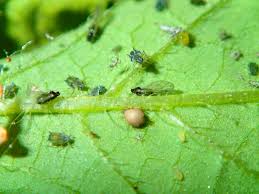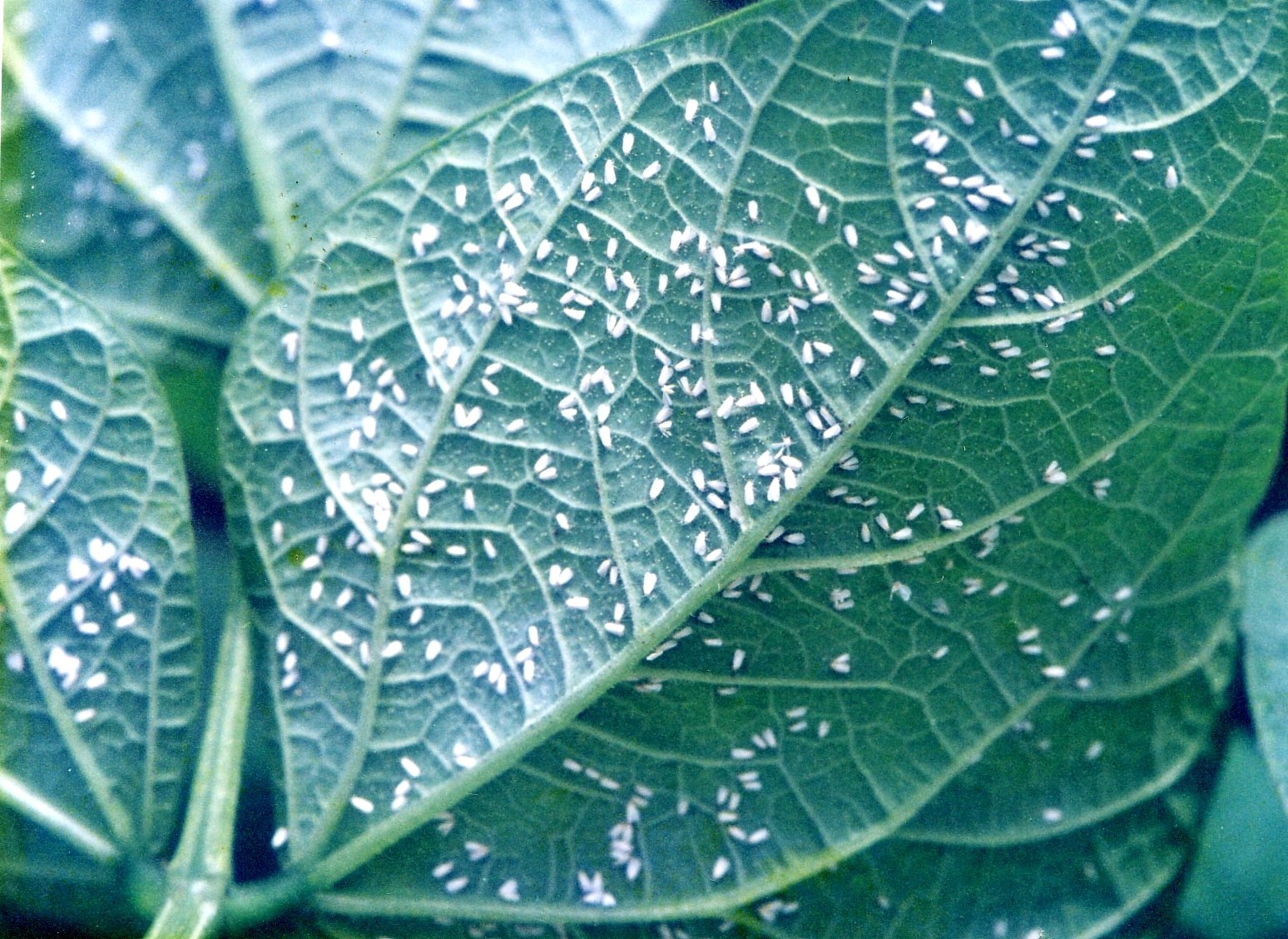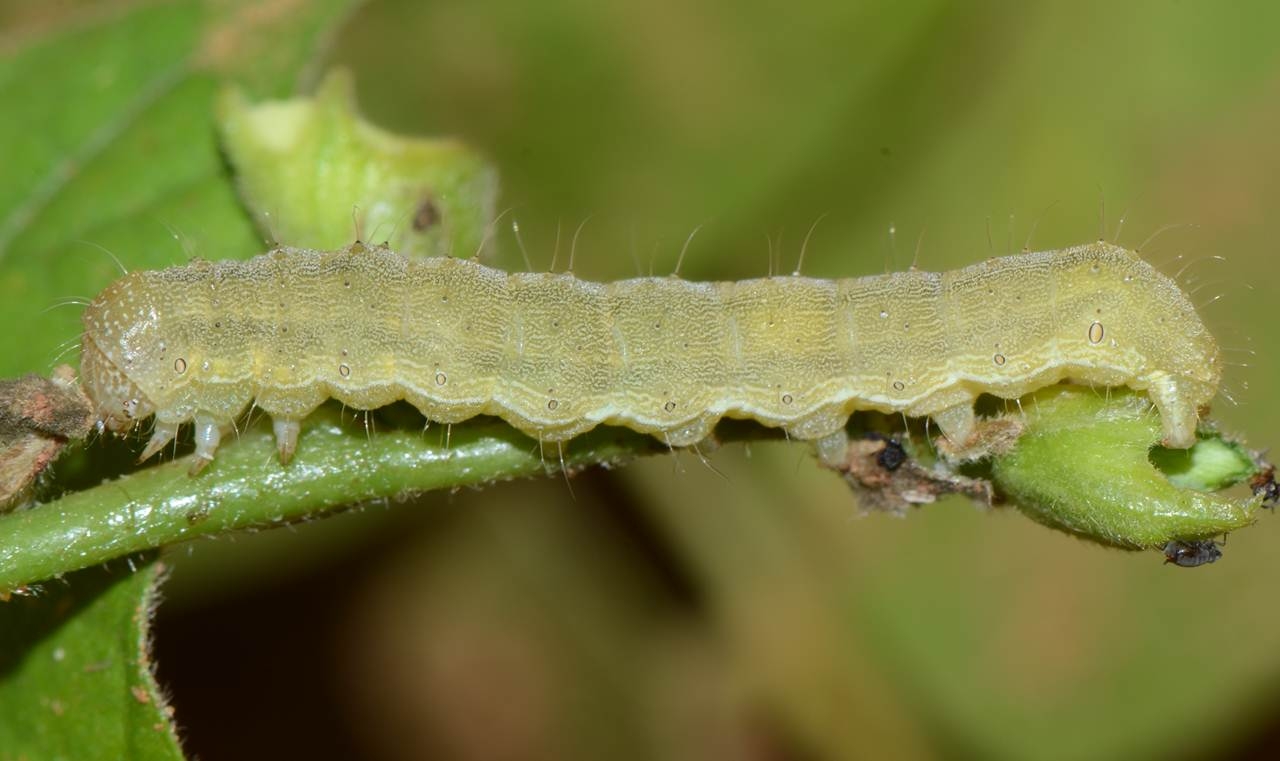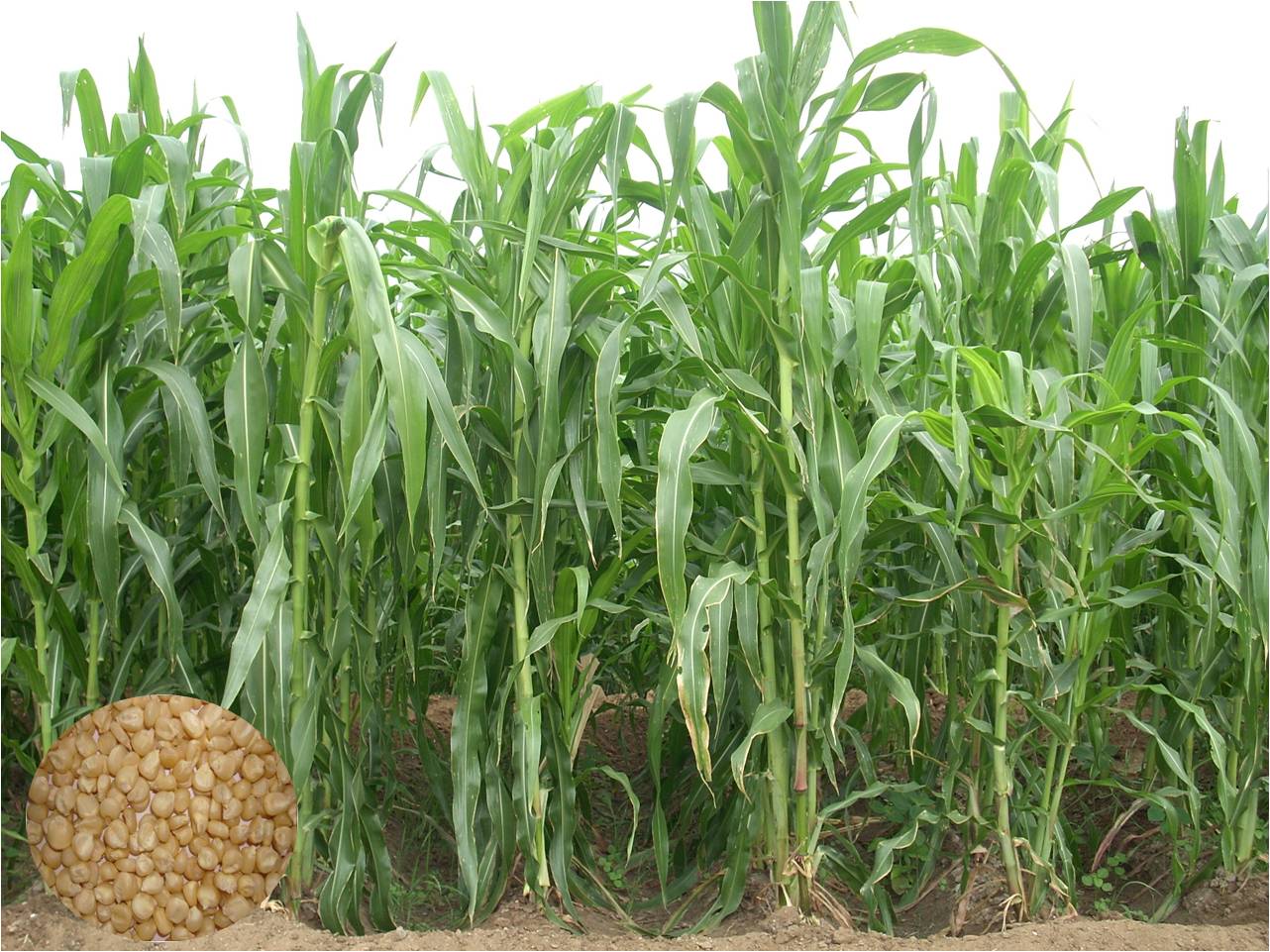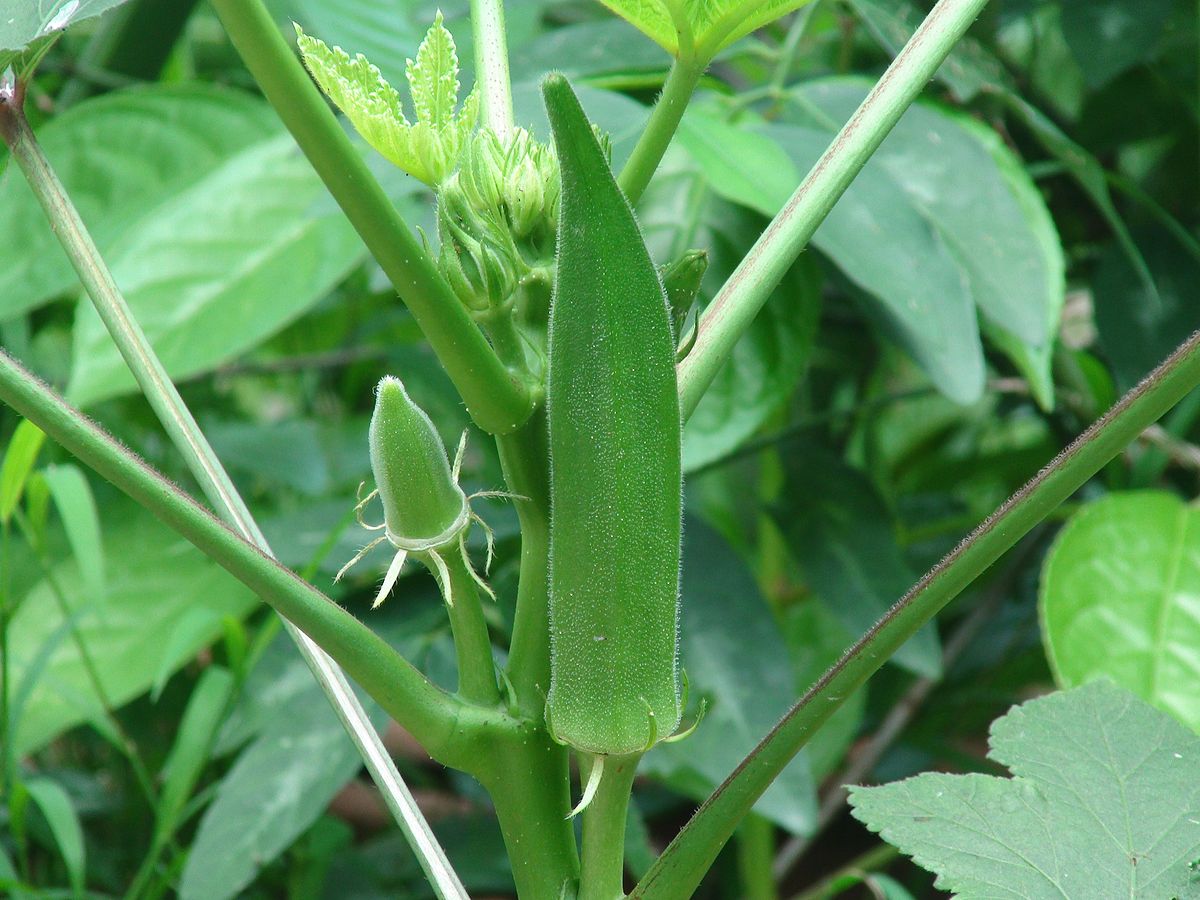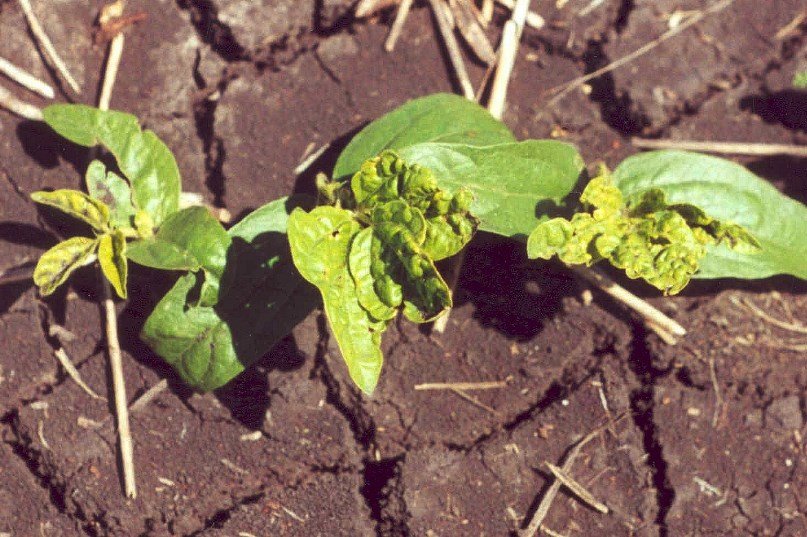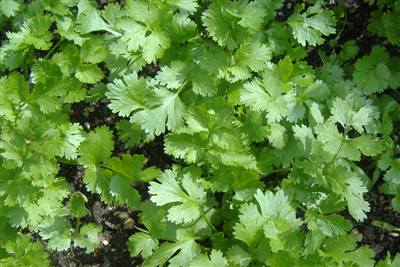- Cowpea is a warm season crop and can be grown in all tropical and subtropical areas.
- Grain types and dual purpose types are tolerant to hardy conditions including high temperature, and poor soil.
- The climbing yard long bean prefers mild climate than grain types.
- Performance of varieties varies with day length, rainfall and temperature hence specific varieties are to be selected for each season.
- Cowpea grows well between 21 to 35 oC temperature.
Like and share with other farmers by clicking on button below
Share

